Spitfire Prototype K5054 maiden flight from Eastleigh airfield – 5th March 1936
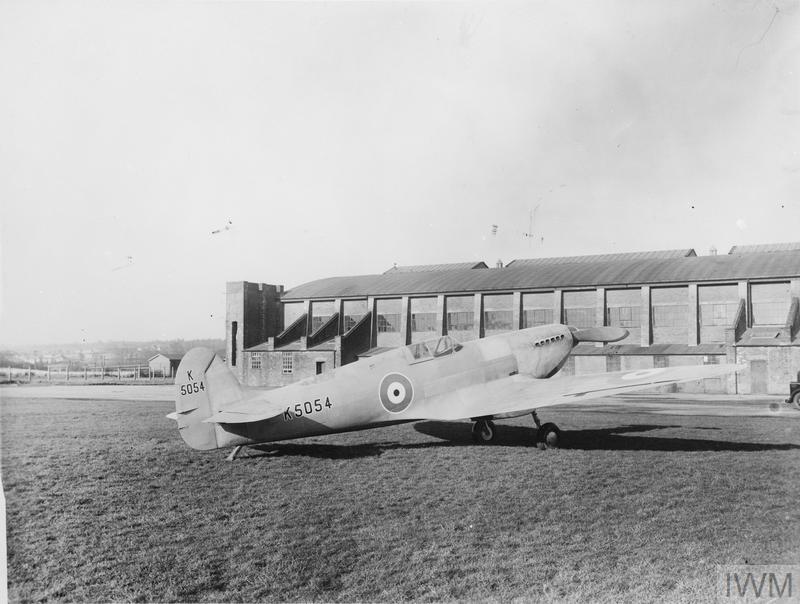
Spitfire F37/34 Prototype, K5054, ground view. © IWM (MH 5212)
Not directly related to Manston at the time, but the birth of another aircraft closely linked to Manston’s later history.
The first test flight of Supermarine’s Type 300 K5054 prototype from Eastleigh airfield (later Southampton Airport) in Hampshire, that would form the basis of the famous Supermarine Spitfire, took place on 5th March 1936. It was piloted by Captain Joseph “Mutt” Summers, chief test pilot for Vickers, who is famously quoted as saying “Don’t touch anything” on landing.
The Air Ministry had issued Specification F.7/30 in 1930 for a day and night fighter to replace the existing outdated fighters in service with the RAF. The essential requirements were a low landing speed and short landing run, a speed that could reach 250mph, a steep initial climb rate for interception, high manoeuvrability and good all-round view.
Sir Robert McLean, chairman of Vickers Aviation Ltd. and The Supermarine Aviation Works (Vickers) Ltd., decided to give RJ Mitchell the opportunity to start creating the fighter that had been in his mind for some time. It was to develop from their entrants to the Schneider Trophy races which they had won three times in a row (1927, 1929 and 1931).
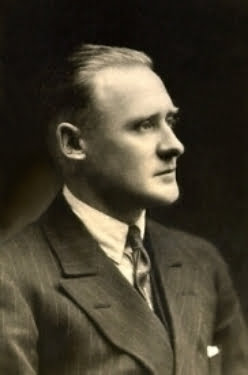
Reginald J Mitchell (1895-1937)
The first aircraft known as a ‘Spitfire’ (as proposed by Sir Robert McLean, the company chairman) was actually the prototype Type 224, with a cranked gull wing, fixed undercarriage and open cockpit, but Mitchell was never happy with the design and went back to the drawing board before it was ready for testing. It first flew on 19th February 1934 but its top speed was only 228mph, some 22mph less than the requirement. The design that had emerged was not unlike the Luftwaffe’s Junkers Ju 87 Stuka designed by Hermann Pohlmann which would first fly in 1935.
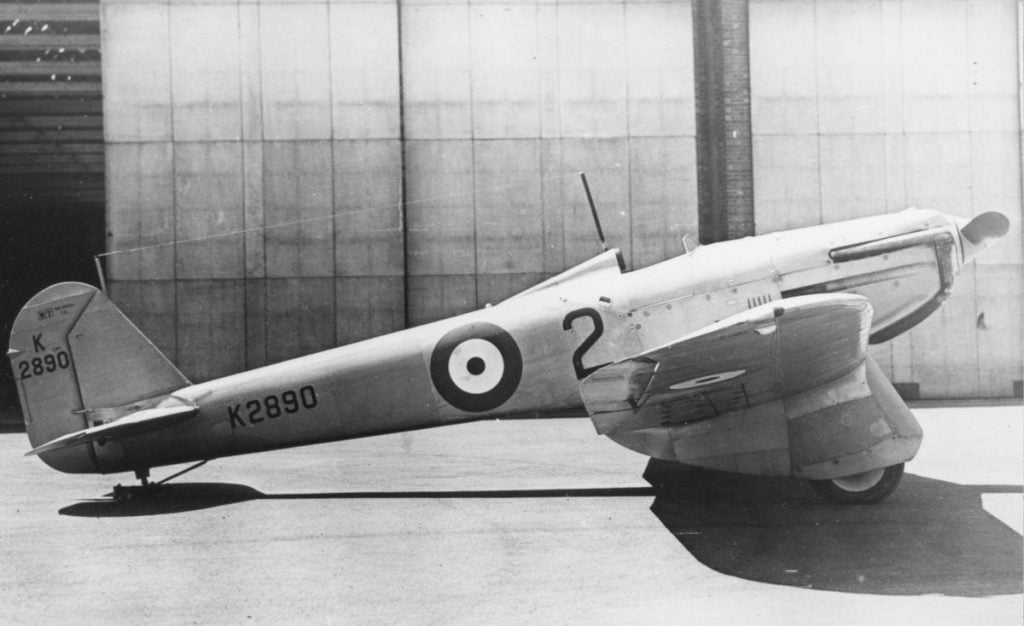
Supermarine 224 Spitfire (K2890) Royal Air Force. Photograph from Supermarine, taken at Eastleigh, UK, June 1934. Used with permission from: Johan Visschedijk, 1000aircraftphotos.com. http://1000aircraftphotos.com/Contributions/Visschedijk/9995.htm
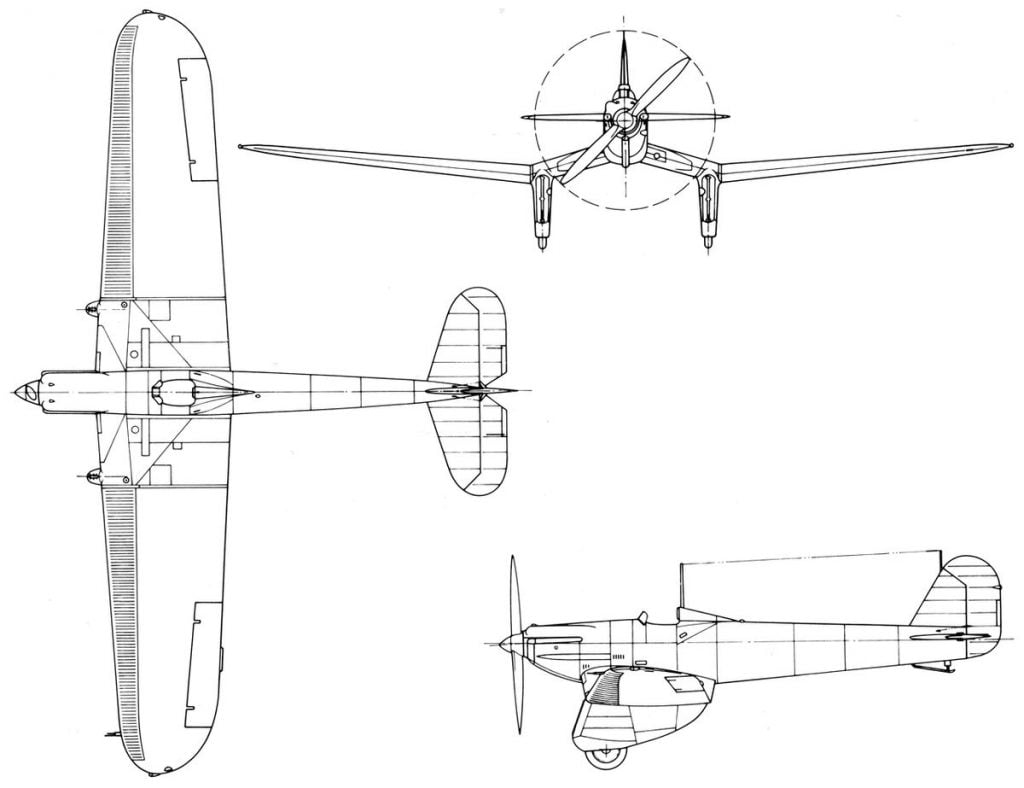
Supermarine Type 224. Used with permission from: Johan Visschedijk, 1000aircraftphotos.com
After increasing the speed from 330mph, little faster than the Hurricane, to 348mph in level flight by mid-May 1936, the K5054 prototype was handed over to the RAF for report. A week later on 3rd June 1936, the Air Ministry placed an order for 310 Spitfires, worth £1.25 million.
On 15th May 1938, Jeffrey Quill who was the chief test pilot of Vickers Supermarine, flew the first production Spitfire K9787, from Eastleigh. On 4th August 1938, he delivered the first RAF Spitfire, K9789 to No.19 Fighter Squadron at Duxford.
From 1938 until manufacture ceased in 1947, over 22,000 Spitfires were built, in 24 different marks. R.J. Mitchell would never see the full extent of what he and hist team created, as he died on 11th June 1937 aged 42 after being diagnosed with cancer in 1933. Joseph (Joe) Smith took over from Mitchell as chief designer for Supermarine in 1937
On 4th September 1939, the day after war broke out, K5054 crashed landed due to a misjudgement by the pilot, Flt Lt ‘Spinner’ White who was killed. K5054 would never fly again and was disassembled and scrapped.
First published 5th March 2017.
Read more:
- RJ Mitchell. A life in aviation: http://www.rjmitchell-spitfire.co.uk/index.asp
- Supermarine Type 224: http://www.classicwarbirds.co.uk/british-aircraft/supermarine-type-224.php
- K5054: http://www.k5054.com/
- Supermarine Spitfire: http://www.classicwarbirds.co.uk/british-aircraft/supermarine-spitfire.php
- Solent Sky Museum: http://www.solentskymuseum.org/
- 1000aircraftphotos.com: http://1000aircraftphotos.com/Contributions/Visschedijk/9995.htm


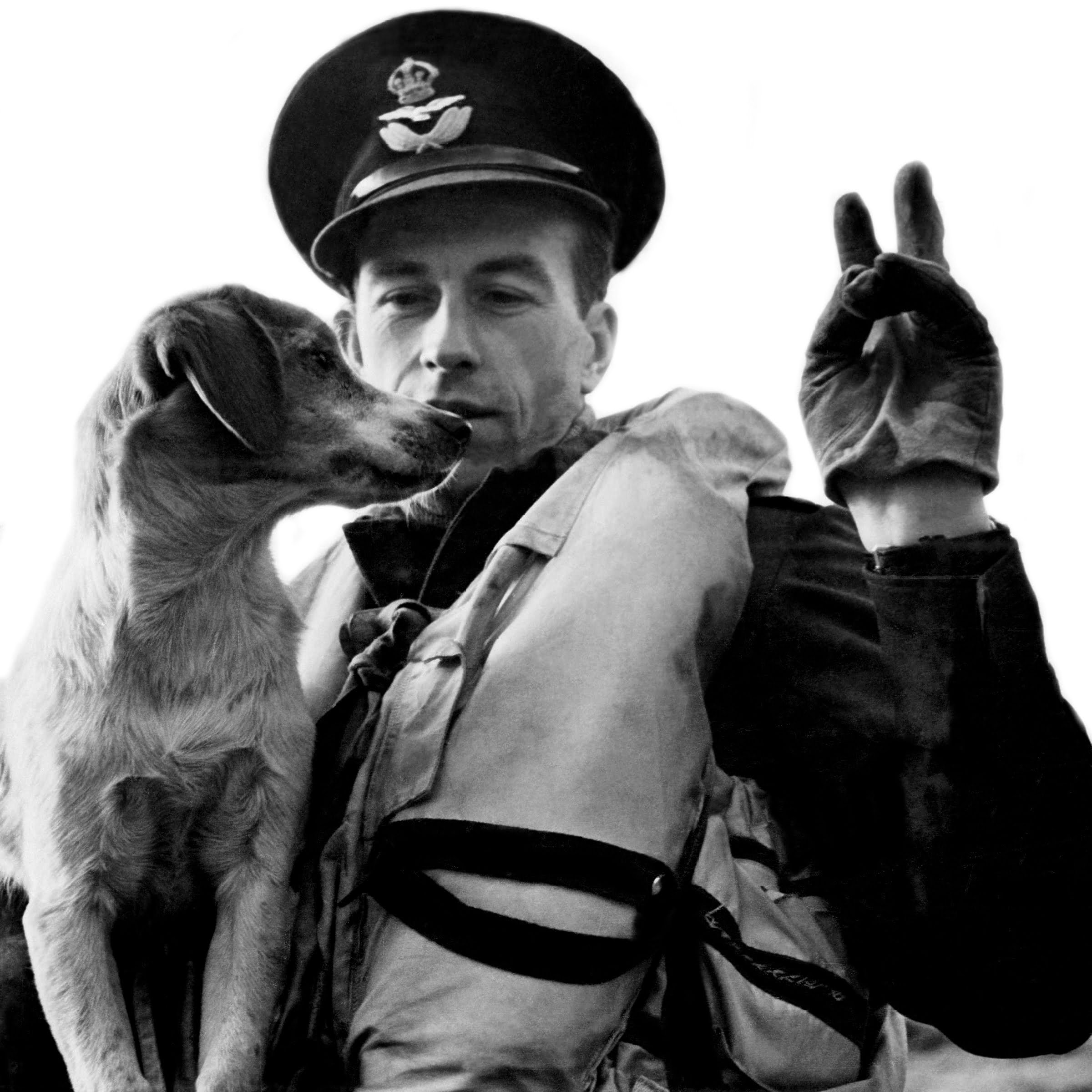

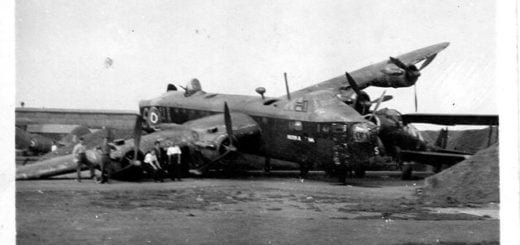







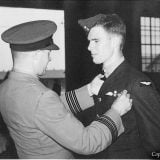
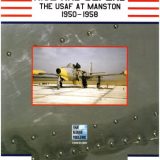
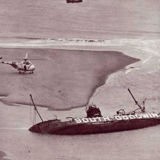
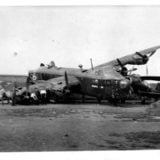
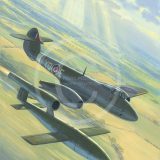
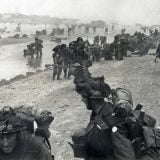
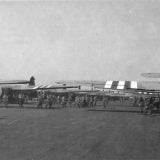

I am trying to replace a commemorative mug that I broke.
Eastleigh airfield first flight 5th march 1936. Signed by chief test pilot Vickers super marine 1935-50. Can you help me find out if Its possible to get another one.